
Henna is a natural dye derived from the leaves of the Lawsonia inermis plant. It has been used for centuries for body art, hair dyeing, and even in traditional medicine. The dye is rich in lawsone, which binds to the keratin in hair and skin, providing a reddish-brown color.
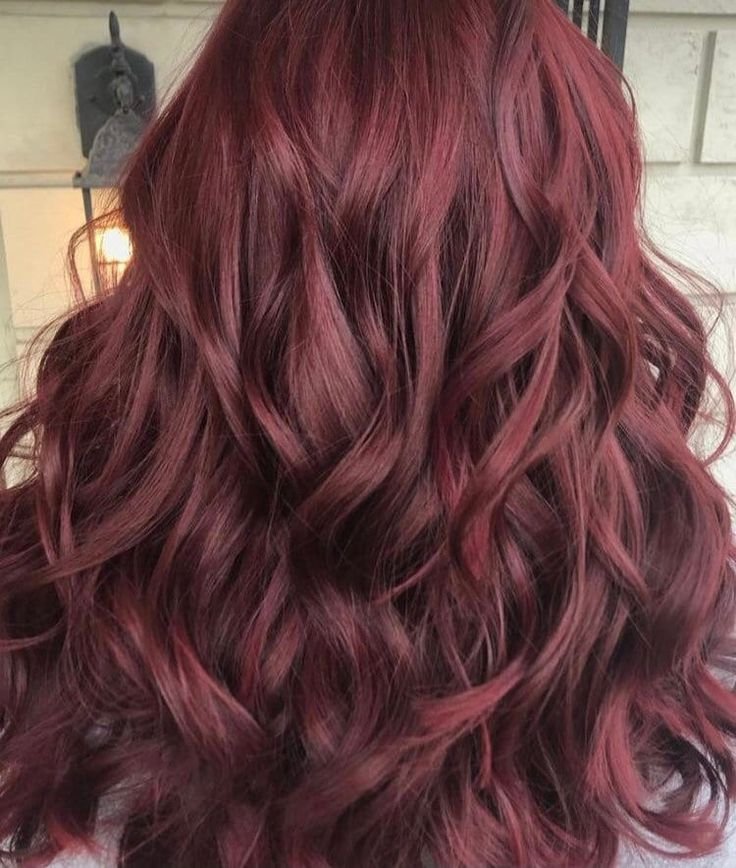

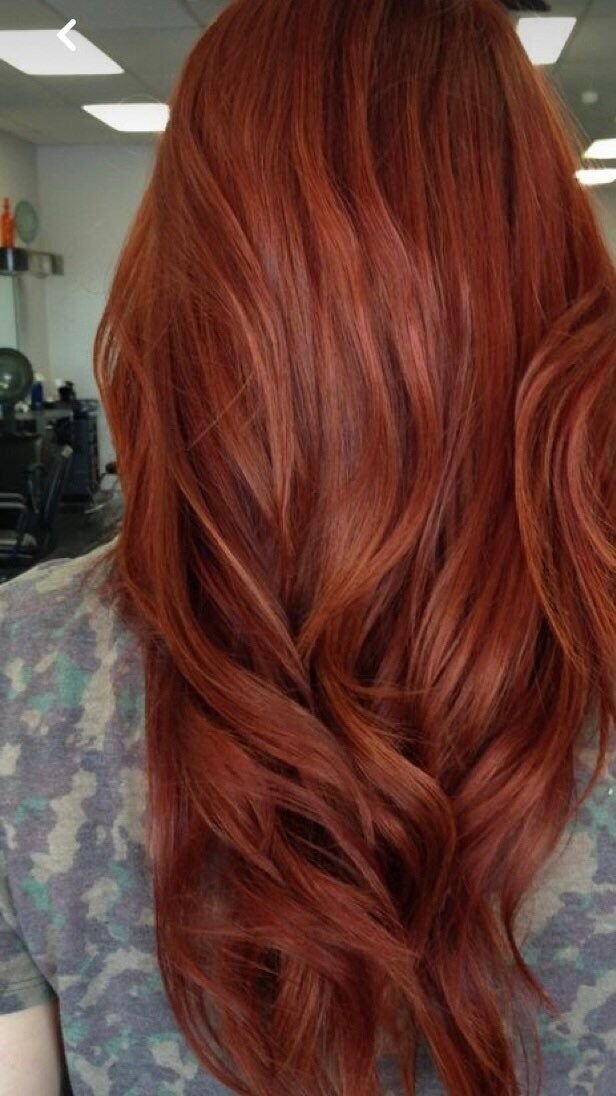
Henna has several distinctive features that make it popular for various uses:
- Natural Dye: Henna is derived from the leaves of the Lawsonia inermis plant, making it a natural alternative to synthetic dyes.
- Color Range: It typically produces a reddish-brown color on hair and skin, with variations depending on the quality of the henna and the natural color of the hair or skin.
- Temporary: Henna designs on the skin last for about 1-3 weeks, while its effect on hair can last several weeks to months, gradually fading over time.
- Skin Safety: Generally safe for most skin types, though some individuals may have allergies. It’s important to conduct a patch test before full application.
- Cooling Properties: Traditionally, henna is believed to have a cooling effect on the body, often used in hot climates.
- Moisturizing Benefits: Henna can help condition and strengthen hair, improving its texture and shine.
- Cultural Significance: Henna holds cultural and ritual importance in many societies, often associated with celebrations, weddings, and festivals.
- Versatile Applications: Beyond body art and hair dyeing, henna is sometimes used in herbal remedies and for skin treatments.
These features contribute to henna’s enduring popularity across various cultures and practices

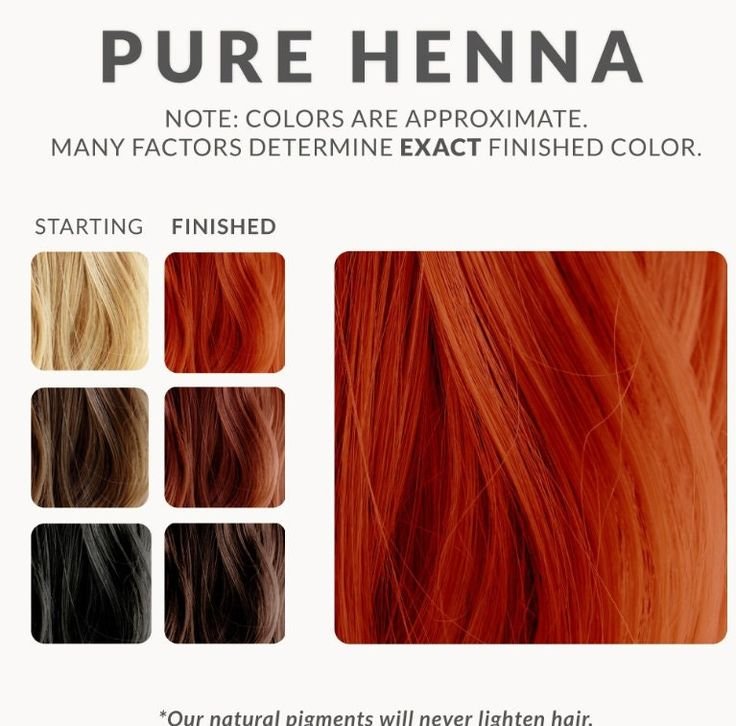

Uses of Henna:
- Body Art: Henna is often used to create intricate designs on the skin, especially during celebrations like weddings and festivals. The designs usually last for a week or two.
- Hair Dye: Many people use henna as a natural alternative to chemical hair dyes. It not only colors the hair but can also improve its texture and shine.
- Medicinal Uses: In traditional medicine, henna is believed to have cooling properties and is used to treat conditions like headaches and minor skin ailments.
@jennypenaxo I’ve been dying my hair with henna for the past 4 years and LOVE it!! I apply it every 3-6 months to keep up with the color as it does fade overtime. Henna hair dye has so many benefits; it contains vitamin E which softens hair, it’s rich in proteins & antioxidants that help with the overall health of your hair, it improves hair growth, nourishes scalp, reduces split ends, balances PH level, its a natural hair dye & lots more!! 🖤 Greens @bloomnu #bloompartner #hair #hairtok #naturalhairdye #hairdye #blackhair #henna #beauty #viral ♬ cardigan – Taylor Swift
How to Use Henna:
- For Body Art:
- Prepare the henna paste by mixing henna powder with water and a few drops of essential oils.
- Let the mixture sit for a few hours to develop.
- Apply the paste to the skin using a cone or a paintbrush, creating your desired design.
- Allow it to dry for several hours, then gently scrape off the dried paste.
- For Hair Dye:
- Mix henna powder with warm water to create a thick paste.
- Apply the paste evenly to clean, dry hair, making sure to cover all strands.
- Leave it on for 1-4 hours, depending on the desired intensity of color.
- Rinse thoroughly with water (no shampoo) and enjoy your new color!
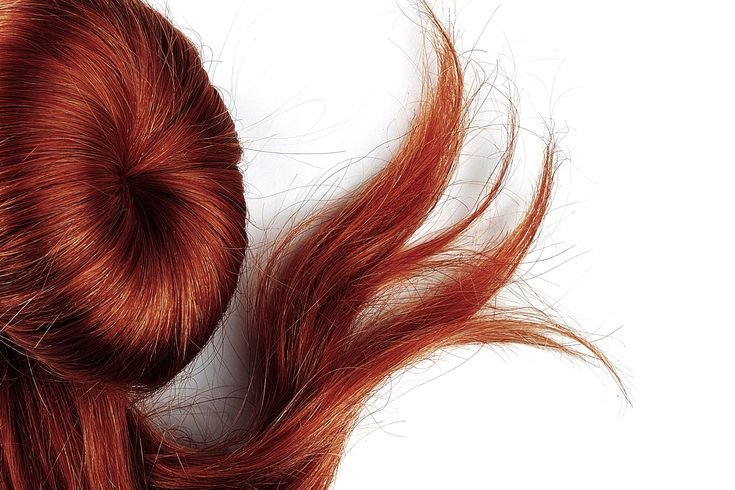

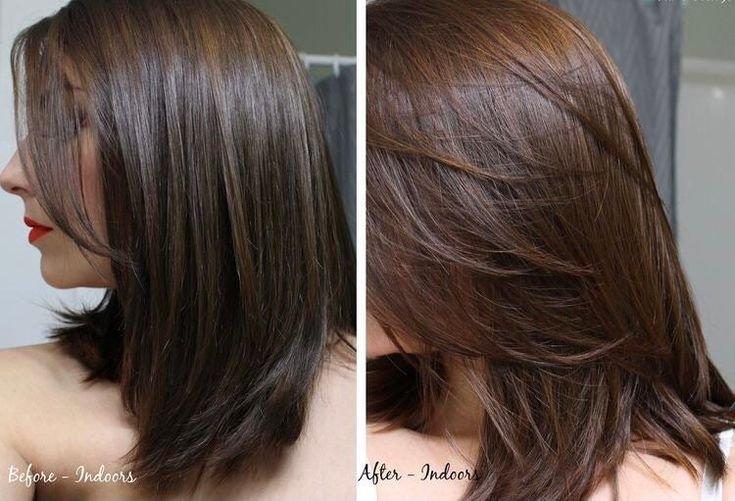
Henna is a versatile and beautiful natural product that has been cherished in various cultures around the world. Whether for body art or hair coloring, it offers a safe and effective alternative to synthetic options.
